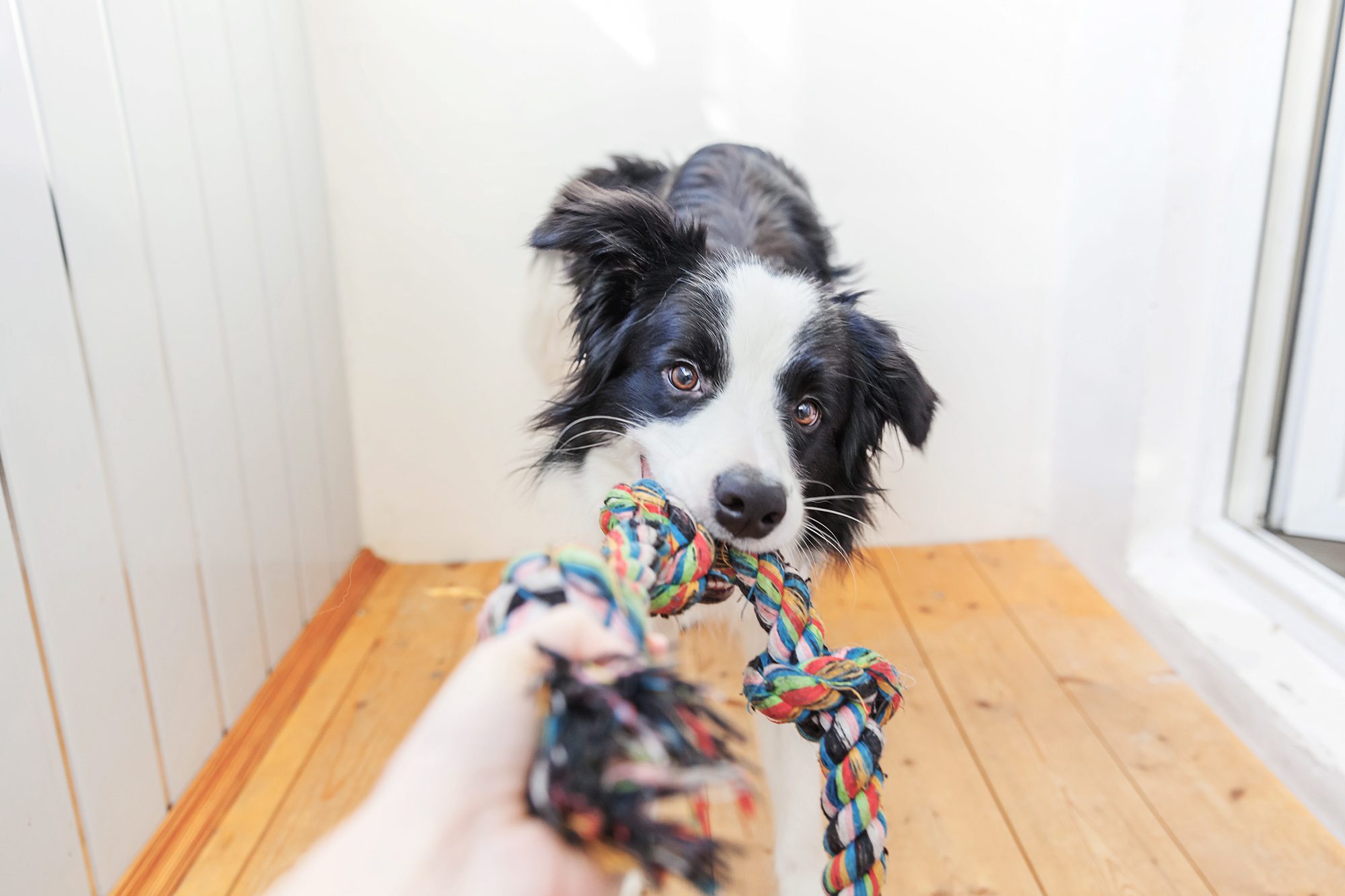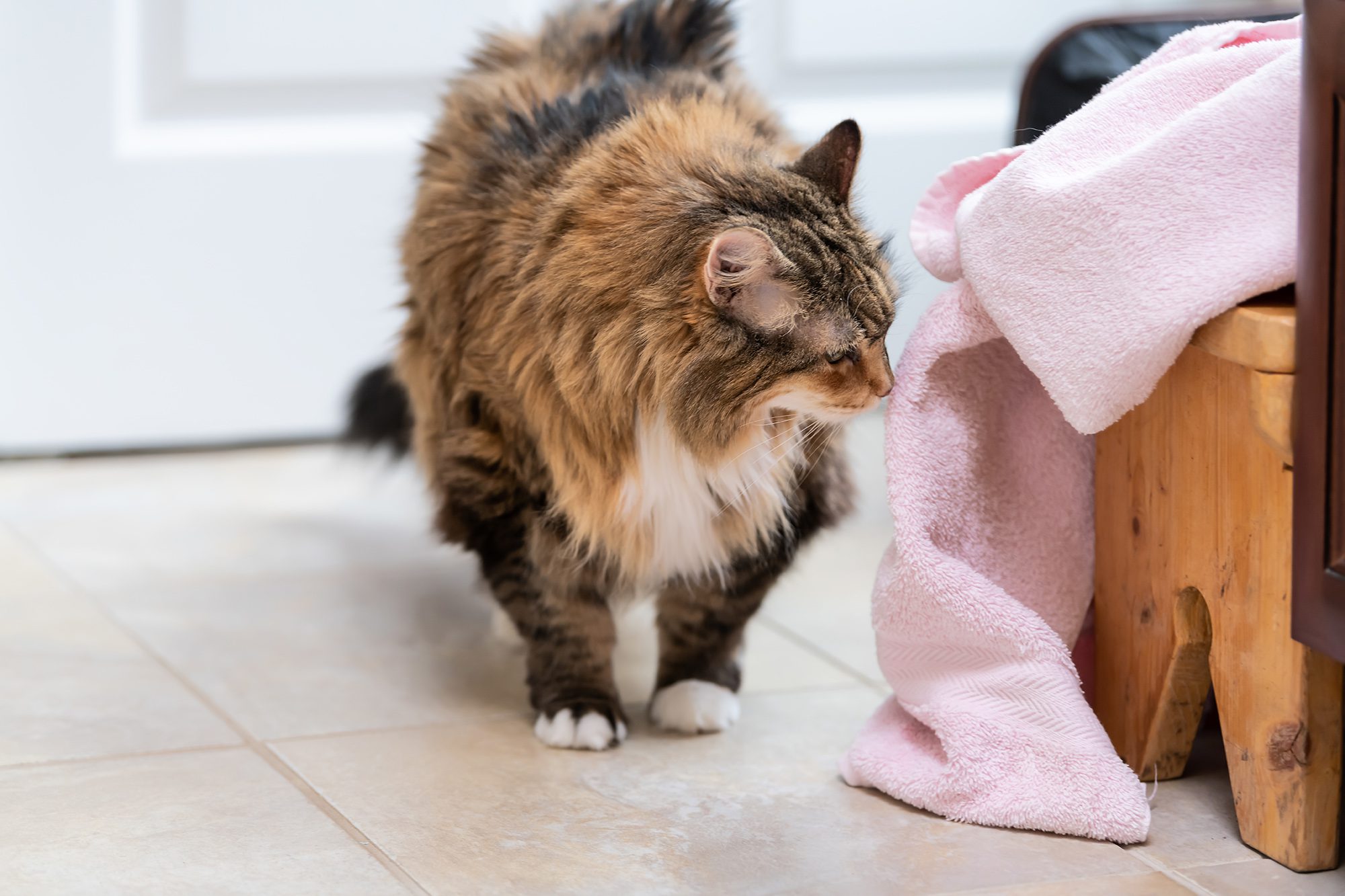There’s no doubt about it, the UK is a nation of pet lovers. The PDSA’s PAW Report estimated that 50% of UK adults own a pet, with roughly 26% owning a dog and 24% owning a cat. With our furry, feathered and scaly friends so close to our hearts and very much a part of the family, it’s important that moving home is as stress-free for them as possible. So we at Beyond, as friends to all of our nation’s pets, have put together the ultimate guide to a peaceful move with pets. While we’ll be focusing on cats and dogs in this guide, much of the information is transferable to other pets, however, please research into what additional measures you’ll need to take for other animals!
1. Pre-move
One of the best pieces of advice we can offer when moving home with pets is to prepare. To avoid overwhelming yourself and your pets, there are a few things you can do to set yourself up for a peaceful move:
- Research local vets well in advance of the move, or even better as soon as you know exactly where you’ll be moving to. It’s also good to inform your current vets that you’ll be moving and when this is likely to be, so that they’re able to share your pet’s records with the new practice and make sure the transition is as smooth as possible. You’ll then have the peace of mind that your pet will be taken care of if there are any emergencies, no matter how soon after the move.
- Remember to update microchip and ID tag information, including the address and new landline number (if this is changing). This can also be done at your current veterinarian practice.
- It’s a good idea to research what will be your new local area for nice walks, parks and places you can take your dog to get used to their new environment, especially if it’s quite different to the one they’re used to. If possible, take your dog for a walk in the area before you move so they’re familiar with the sights, sounds and smells.
- While cats have a higher drive to return ‘home’ than dogs, this is still something you should be aware of with your pooch. Inform your current neighbours of the move and provide them with your new address and contact details, just in case either your cat or dog makes a run for their old home!
- It’s also worth telling your removal company up-front about any pets that you have, just so they know what to expect.

2. Packing
Packing for a move can be as stressful for your dog or cat as it is for you. Lessen the shock of change on your loyal companions and follow these tips:
- The single most important thing you can do to ease your cat or dog into a move is to not leave packing to the last minute! The earlier you can start and the more gradually you do it, the better. Animals are very sensitive to their surroundings and change, and can very quickly suss what’s up.
- Their toys and bedding should be some of the very last things you pack, if at all! Try to keep their familiar belongings with them if they have to be present on moving day and on the drive to their new home. It’s also worth refraining from washing any of their bedding or toys on the lead up to the move so their things are nice and stinky and familiar!
- You can also buy plug-in diffusers or collars that infuse DAP (a pooch-pleasing chemical signal called a pheromone that keeps them feeling safe and secure) into the air. Use these calming aids 24 hours before any moving activity for maximum effect.

3. Moving day
It’s the big day! Exciting, stressful and sweaty in equal measures, this can potentially be one of the most distressing parts of the moving process for animals: there’s lots of noise and rushing about, unfamiliar people in their home coming and going, nothing looks like it used to and their humans aren’t themselves. Fortunately, there are ways to mitigate the effects of this strange day on your pets:
- The single most important thing you can do to ease your cat or dog into a move is to not leave packing to the last minute! The earlier you can start and the more gradually you do it, the better. Animals are very sensitive to their surroundings and change, and can very quickly suss what’s up.
- Their toys and bedding should be some of the very last things you pack, if at all! Try to keep their familiar belongings with them if they have to be present on moving day and on the drive to their new home. It’s also worth refraining from washing any of their bedding or toys on the lead up to the move so their things are nice and stinky and familiar!
- You can also buy plug-in diffusers or collars that infuse DAP (a pooch-pleasing chemical signal called a pheromone that keeps them feeling safe and secure) into the air. Use these calming aids 24 hours before any moving activity for maximum effect.

4. Settling in
You’ve made it! You’re in and surrounded by a sea of boxes. You’re a bit concerned about the location of the kettle. Settling into your new home can take some time, but there are things you can do from the get go to start introducing pets to their new pad:
- Scent is important to cats and dogs because it’s one of the ways they identify an area as safe and theirs, so first and foremost bring in/unpack your pet’s things to start introducing their smell. Have a quick clean around the house up to cat and dog height, especially if the previous tenants or owners had pets.
- Let your pet explore the new place in their own time. If they’re particularly nervous, you can be with them while they explore, but it’s important not to over fuss them because they might think something’s wrong. The best thing you can do is radiate the good vibes and be there if they need you, because remember: they might only be a part of your world, but you’re their whole world!
- Stick to their normal routines as best as you can – same life, same family, still a home, just in a different space.
- A tired dog is a happy dog, so take them for a walk to distract them and burn off some energy. The more tuckered out they are the less they’re going to be bothered about what’s going on around them.
- Keep cats indoors for at least the first two weeks so that they don’t try and find their way back to your old house, especially if it isn’t too far away, and associate pleasurable experiences with your new home so they see it as a nice place to be and worth sticking around in!
- Before letting your pets roam outside, check that the garden is secure and is free of poisonous plants or anything hazardous.
- And finally, keep an eye on them for changes in behaviour and try not to tell them off if they become destructive or have a few accidents in the home, even a few months after moving. It can be an incredibly disruptive experience for your pets manifesting in a number of ways, so be patient and let them warm to your lovely new home in their own time.

We hope this guide helps your animal pals settle in! What pets do you have, and how do you think they would cope with a big move?
Oh, and our moving advice doesn’t stop at pets! Read our 5 tips for making small(er) work of moving home, and for more pet content, check out our blog post about making room for your new puppy.
